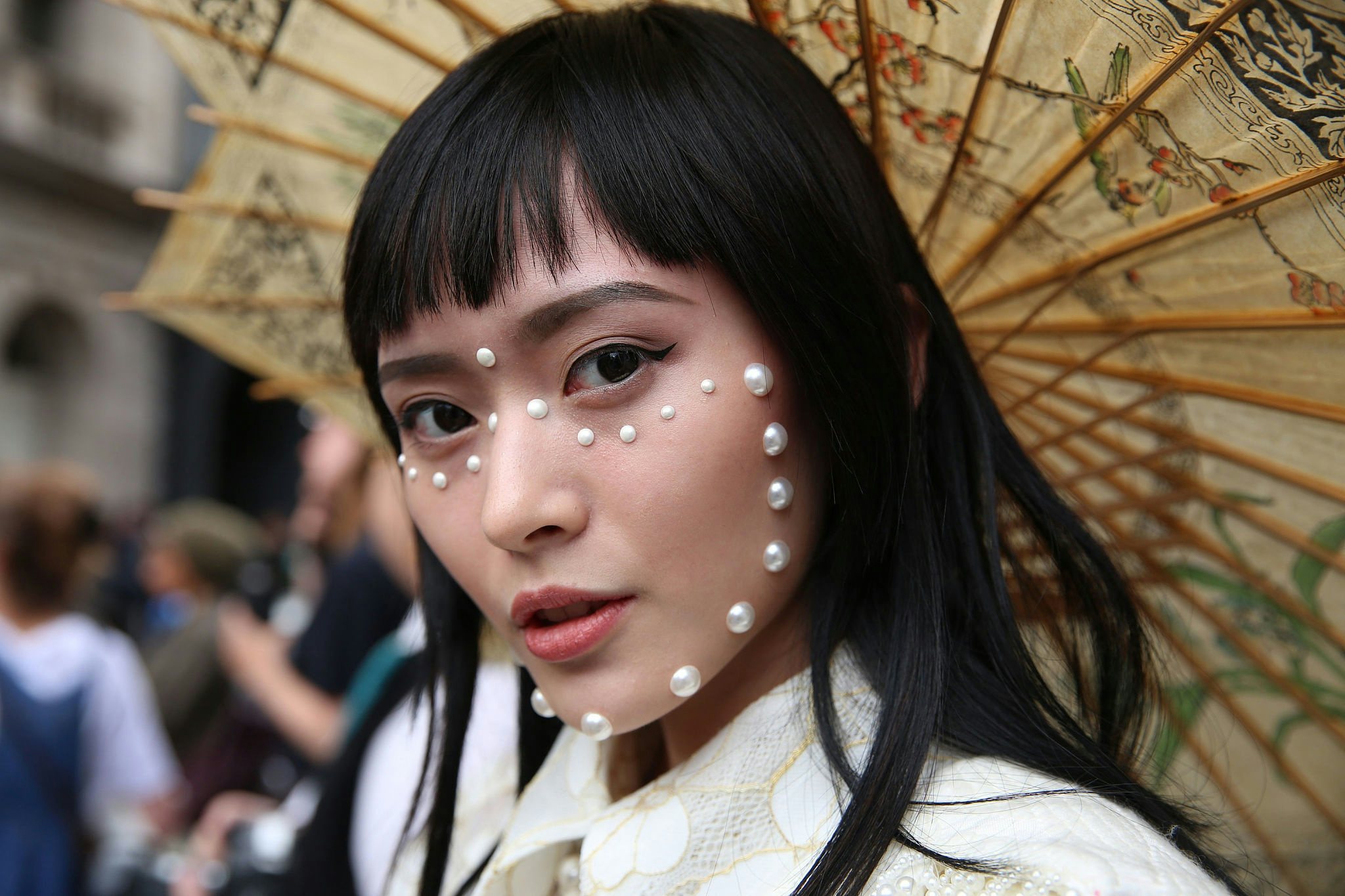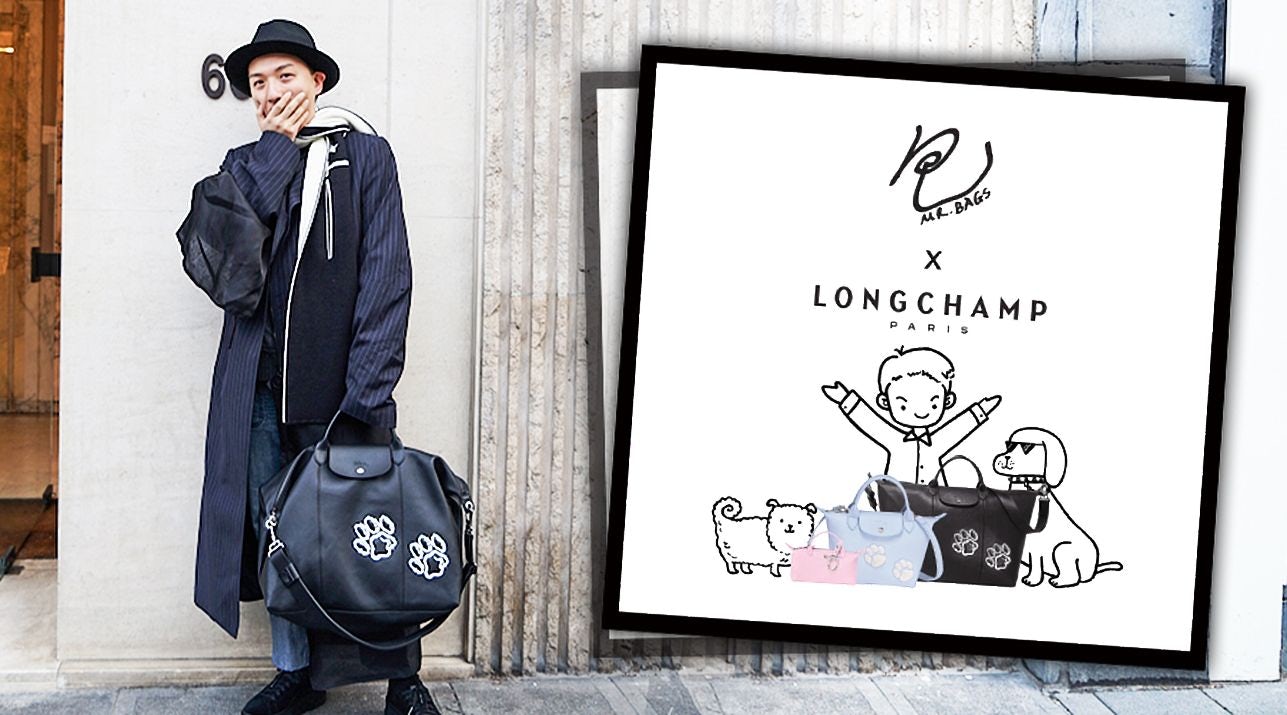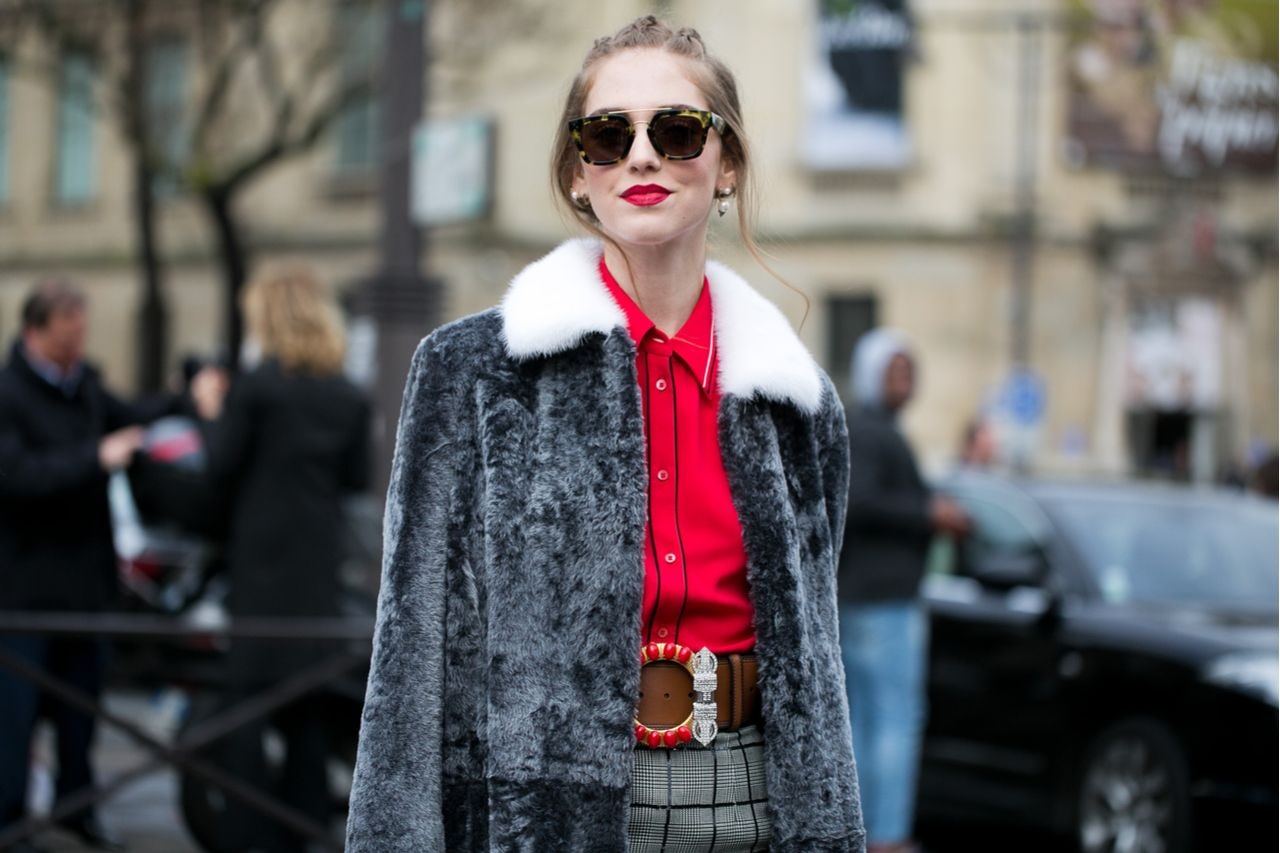For an industry steeped in tradition and heritage, luxury brands in China are doing a terrific job of employing 21st-century social marketing trends. The luxury sector has always been aware of the importance of meeting client demands, and they’ve been quick to respond to changing requirements. Offering one-to-one service and personally tailored communications are intrinsic to attracting and retaining customers in the field.
So when it became evident that personal recommendations from key opinion leaders (KOLs) and ‘WeChat-famous’ influencers could have a significant impact on sales, it’s not surprising that brands — particularly the fashion, accessories, and beauty segments — rapidly caught on to their potential for engaging new audiences.
Over the years, promoting products through influencers has become the norm in China. In fact, it’s relatively unusual to find luxury brand social marketing strategies not involving KOLs in some way or another. But slowly (and carefully), some brands have taken their KOL relationships to the next level by forging closer collaborations, producing more joint branding and, increasingly, adding the KOL’s input into product design.
Brands leading the way in KOL collaboration range from huge international companies to upstart labels, but they each have their strong points:
Top-level: Givenchy and Mr. Bags#
Givenchy is undoubtedly one of the most prestigious global brands, and it took a big leap of faith for them to work with Tao Liang — a.k.a. Mr. Bags — a KOL who makes his living by sharing luxury bag recommendations and commentary and has over 5 million followers. Together, they released a limited edition Mini Horizon handbag in pink with a hefty price tag of 2,173 (15,000 RMB). The bag sold out in 12 minutes.
Key points:
- Focus: They sold one product and promoted it through one influencer with one purpose. The product and its message of exclusivity were undiluted, so the audience didn’t become distracted by choice.
- Singular expertise: Givenchy chose wisely by engaging with Mr. Bags, who comes to the table with a solid reputation for knowing his market, a high degree of trust with his followers, and a significant profile in the luxury fashion community.
- Audience insight: Both Givenchy and Mr. Bags knew exactly what their potential clients wanted and how much they would be willing to pay. This enabled them to work together to design precisely the right product at precisely the right price point — as evidenced by a nearly instantaneous sell-out.
Mid-level brand: Rebecca Minkoff and Becky Li#
Famous for her collaboration with Mini Cooper, which resulted in 100 special-edition cars selling out in five minutes, Becky Li, otherwise known as Miss Shopping, was an inspired choice for the bag and accessory designer Rebecca Minkoff. Miss Shopping got together with the design team to produce a range of bags and accessories that effectively sold out during her pre-sale promotions — with few actually reaching the virtual shelves of her online store.
Key points
- Influencer/audience relationship: Miss Shopping’s writing style is, in her own words, friendly and relaxing, taking the tone of a “trusted friend.” This tone matches Minkoff’s playful, feminine brand and female-first attitude perfectly.
- Broad appeal: In contrast to Givenchy’s approach, Minkoff took advantage of Miss Shopping’s wider range of interests, from reviewing beauty products to posting her outfit of the day. This allowed the brand to engage with people unfamiliar with, but open-minded about, their products.
Upstart brand: Triwa and Freshboy#
Breakthrough watch company Triwa worked with fashion editor-turned-influencer Freshboy for more than two years via online and offline collaborations before building a deeper partnership through a limited edition product. Freshboy drove the watch design, and Triwa handled the manufacturing and distribution.
The collection was promoted and pre-launched on Freshboy’s Look Store via a WeChat mini-program. One model (ByFresh II) sold out in 48 hours, and the entire limited production run was out of stock within a week.
Key points
- Shared goals: Triwa wants to move the watch industry away from attitudes based on status and tradition, and Freshboy is dedicated to bringing overseas and pioneering brands to his audience. They worked together perfectly by introducing an influencer-driven line to an already-engaged audience.
- History of collaboration: Before entering into a design partnership with Freshboy, Triwa established a relationship with him that effectively tested the waters for a more profound collaboration. This enabled them to work out how they would work together and read their audiences appetites for a collaborative product.
The start of a beautiful friendship?#
There’s a lot of evidence out there for luxury brands that teaming up with the right influencer can be a match made in heaven if they lay the groundwork and do the proper research before committing to a relationship. It pays to get it right because allowing a collaborator into the heart of your business and offering them design autonomy can open up a whole new and sizeable audience that’s already warm to your message.
Elisa Harca is the co-founder & Asia CEO of Red Ant Asia, which she established in Shanghai & Hong Kong over 6 years ago. Red Ant Asia connects lifestyle and luxury brands to the modern Chinese consumer, through digital-first brand experiences.


